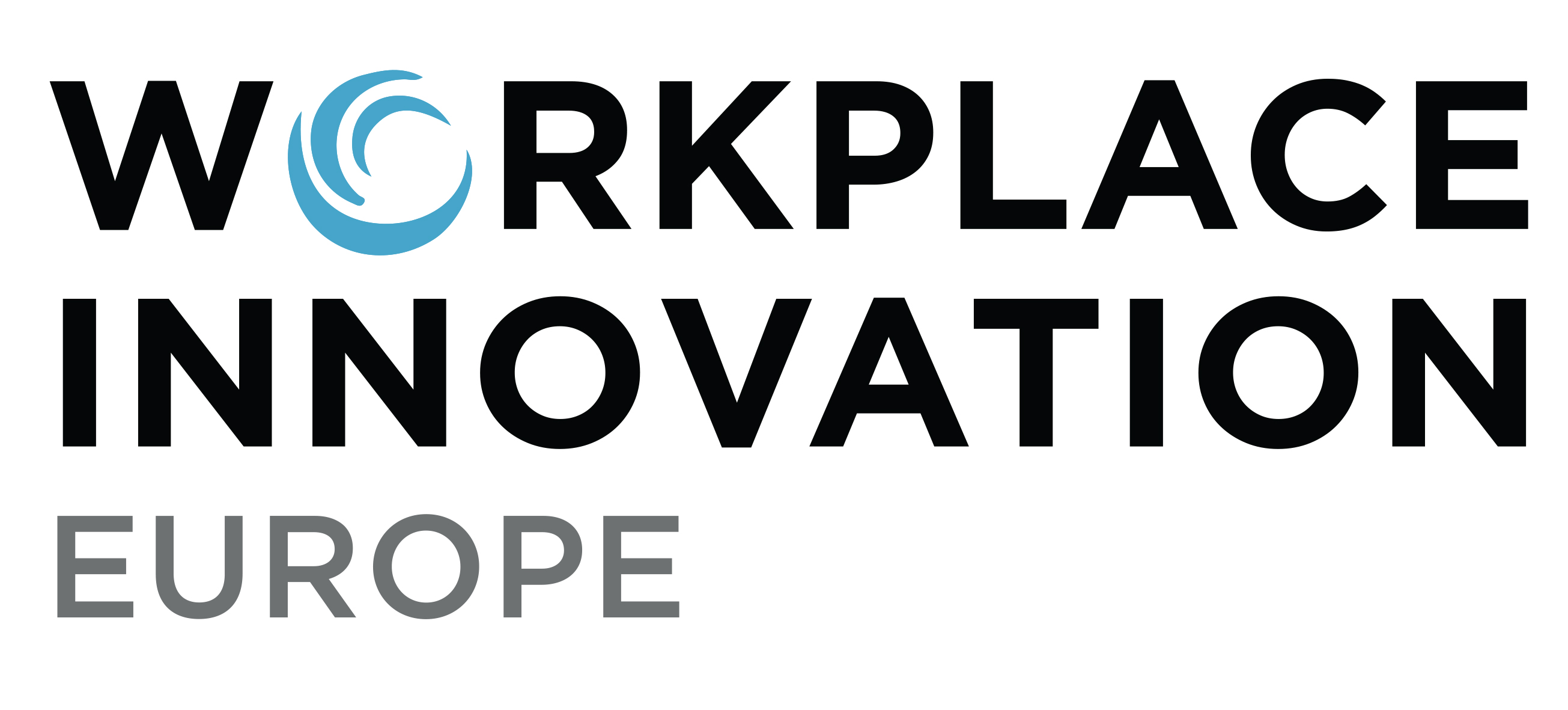A journey to find a voice
Peter Totterdill, Rosemary Exton and Natalie Wilkie are part of the expert team at Workplace Innovation Europe. Here, Neil Devons sets the context of their work and talks to them about their commitment to workplace innovation and organisational behaviour as well as the wealth of practical knowledge and experience of real-time change they have overseen.
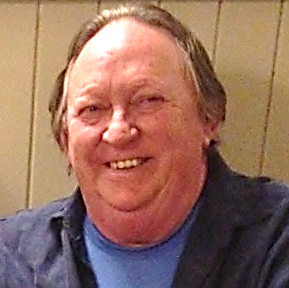
Workplace Innovation Europe (WIE) is dedicated to effecting positive change in people’s everyday lives – change that enhances their work experience and benefits the aims and objectives of the organisations where they work.
There is no off the shelf formula, no one-size-fits-all ticket. Each organisation looking for change, whether it is greater engagement with employees, or an evolving culture that encourages new ways of thinking and greater worker autonomy, will embark on its own journey to find solutions that work for them. It is WIE’s aim to help them do it.
The team at WIE are clearly passionate and experienced, and recognise the importance of conveying their ideas to employers in ways relevant to each business. They see their role as ensuring that their client companies understand how they can change whilst enabling them to effect the change themselves; the team is really the catalyst for innovation and provides an ongoing support mechanism throughout the client’s journey.
What is clear is that sustainable, positive change starts with everyone in an organisation being given a voice. Great suggestions can come from the humblest of sources and no idea should be disregarded without assessing its merits.
Natalie Wilkie recalls the anonymity, hierarchical management structure and lack of opportunity to participate, in some of the bigger marketing agencies she once worked for before qualifying as a psychotherapist and specialising in the development of emotional intelligence in organisations.
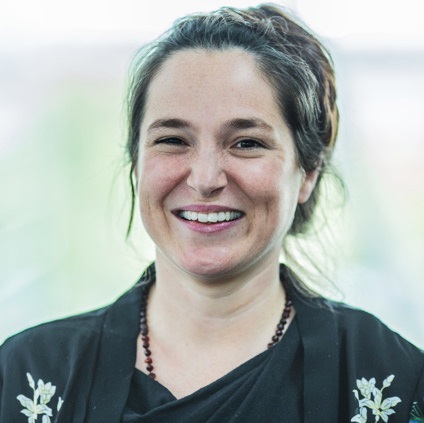
It wasn’t until I worked for some smaller agencies where communication was essential that I realised anybody can have ideas, anybody can contribute, and anybody could be a part of anything. If you wanted to be part of something you just said, can I help you with that or can I do that? When I was in the small agencies, I felt that I was really part of something, I felt I was connected, I was part of something because it was so fluid and so flexible. We did have processes and structures but there was also flexibility, and decisions were delegated down because there were only a few of you so you had to do what was necessary.
It’s having a voice, an opportunity to be a part of something and to contribute.
This made me think about the behavioural dynamics in play and how people see work. We want them to come to work and feel creative and feel that their ideas are valued, and that they are respected for their ideas. If people really feel that no ideas are bad, they will feel trusted and confident to come up with the ideas in the first place without feeling embarrassed or ashamed that they are going to come up with something stupid.
Natalie Wilkie
It is a fundamental principle of the work of WIE that people can shape their organisations for the better, so if you are looking for sustainable change, give them a voice and then listen to it. Rosemary Exton explains how some employers miss the point:
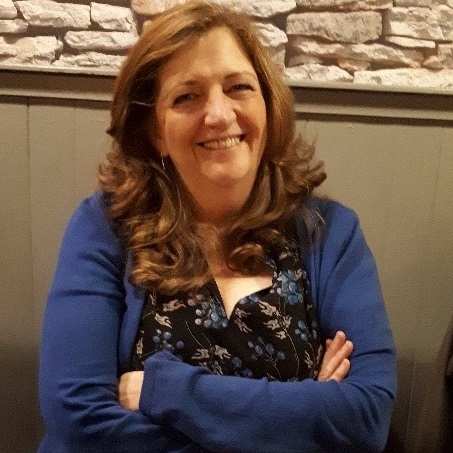
When companies come to us saying that they are looking at engagement or culture or mindset or wanting to be more innovative, we respond by saying that these are end-products of people’s experience of work, so you won’t get great engagement or the culture change that you want if their experience is such that employees are not trusted, don’t have autonomy, and they don’t have space for ideas. Innovation won’t be sustained if people can’t share their accumulated knowledge or where they are not learning and developing themselves. We work with businesses in helping to provide a continuous voice for all their employees.
Rosemary Exton
The importance of ‘voice’ is underscored by a powerful anecdote of Peter Totterdill’s, when he worked on a project in the clothing sector.
During the project, one woman who was in her late 20s revealed she had been living in a really abusive relationship with her partner. She hadn’t said very much in the group sessions but when the group got really stuck on some problem about how you get the workflow going, she got up and grabbed the pen, drew a configuration of how the workflow would work and it just clicked with everybody. She’d just got it. Then next time we saw her she said – I’ve left my abusive partner because I discovered I have a voice.
Peter Totterdill
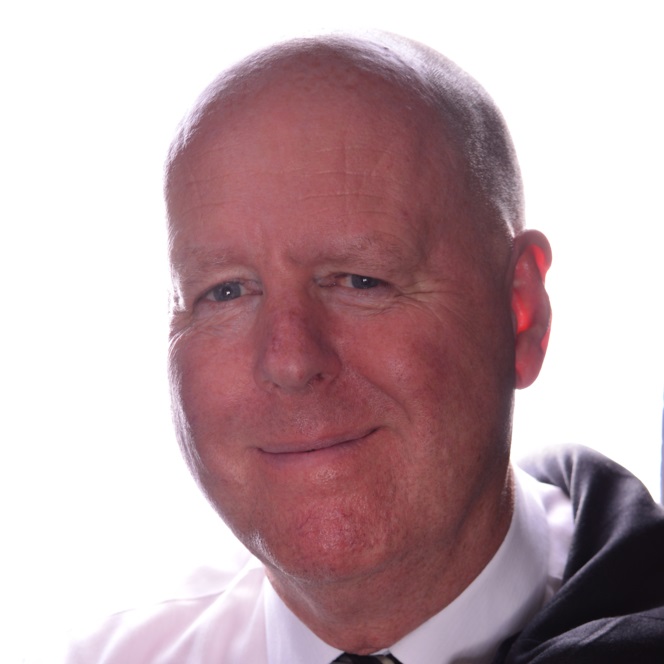
So if employee voice is so important, how do you find it and how do you release it?
If the aim of workplace innovation is business development, enhancing the quality of jobs for people, improving health and well-being at work, enabling learning and development, and promoting equality and diversity, then employee voice can be the trigger for starting a continuous and sustainable process of evolution.
The Workplace Innovation Diagnostic® is a starting point for finding that voice and providing a mechanism to listen to it. Traditional employment engagement surveys merely take a snapshot of attitudes to gauge the morale of the workforce, to provide an opportunity for employees to express their opinions on various areas of the organisation. The downside of such surveys is that the results don’t actually suggest what to do in the ‘what’s not working’ department.
On the other hand, the Workplace Innovation Diagnostic® is better compared to an X-ray which identifies precisely what needs to be changed and how to go about it. It is a unique, on-line employee survey designed to assess a broad spectrum of workplace practices and experiences using evidence-based indicators. It helps organisations to critically assess existing practice and offers a resource to stimulate and inform sustainable change. It is anonymised, independently administered and assessed, and comes with an online action plan to kick start change and guide progress.
Crucially, employers will discover the proven value of harnessing employee voice and witness a sea-change in how the business can operate more effectively in terms of performance and human potential.
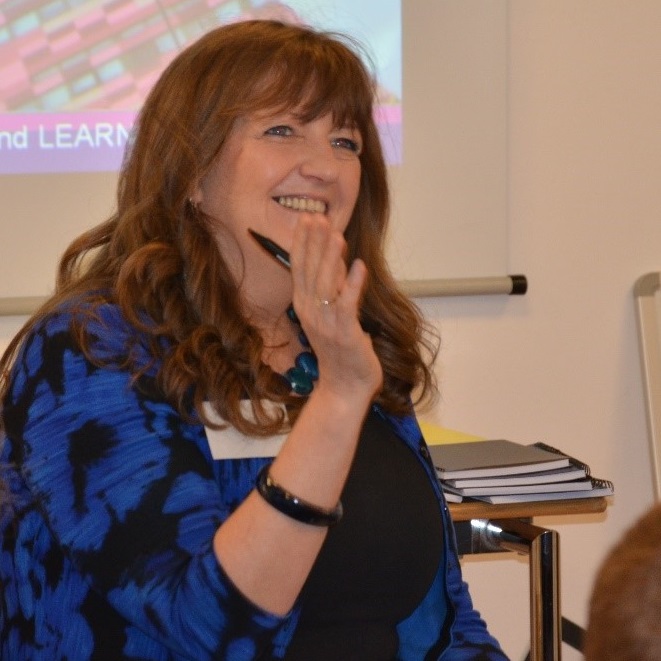
I was recently asked about what we do by someone involved in online training. I explained about the Diagnostic and its flexibility and versatility, how we have developed it to include a health and well-being section to see if there are areas of stress resulting from existing work practices. From this we correlate the data and divide the responses into teams, departments and occupations – however the companies want their results presented and what they want to look at.
Respondents can add their own comments, so as they are answering the questions, they can record their ideas, questions and concerns. The outcome is to stimulate respondents to think about their role or job or team, thus eliciting much more information than a traditional attitude survey.
There is also the opportunity for companies to put in ten questions of their own which they feel are more specific to their business. Through this type of engagement we are discovering what’s worked well, how they can work in the future and what ideas they have for changing.
The problem most employers face is what to do with the results of traditional employee engagement surveys. We deal with this because our Diagnostic not only identifies areas of concern and areas of potential, it generates a practical action plan that focusses on overall aims and objectives and helps to guide companies in working towards sustainable change.
Rosemary Exton
WIE’s approach and the application of the The Workplace Innovation Diagnostic® takes an overview of the organisation as a whole, identifying the ‘interdependencies’ that can either support or undermine change. You can’t just look at team working on its own, for example, without looking at leadership style and whether the organisation creates space for innovation and improvement. If the right structures and systems aren’t there, and the measurement and assessment capability isn’t aligned, it won’t work.
Most companies and their leaders understand that doing nothing is not an option either for business development or, indeed, survival. Some see the benefits of introducing innovative work practices, while others just don’t get it.
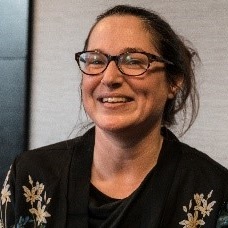
One of the obstacles to progressing all these wonderful ideas, is an innate resistance from people, who resist it because they think it will inevitably change their lives for the worse or erode their influence. We can work with people to help build their confidence and self-esteem, and to embrace change as a positive opportunity.
Natalie Wilkie
Those who do ’get it’ and embrace it, are finding new and exciting but often unanticipated benefits. One business that completed the Diagnostic and subsequently got their people involved in dynamic, cross functional self-managed teams also found growing interest from their customers and suppliers, who began asking as many questions about how the business engages with its employees and how they continue to generate innovation, than they are asking about products.
Peter Totterdill, who first defined the concept of workplace innovation, is clear about its effectiveness in shaping a positive future for employees and businesses alike:
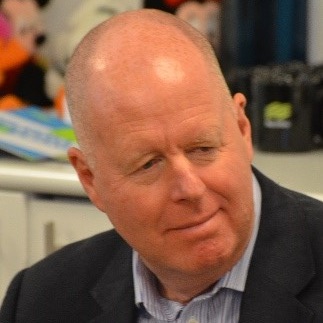
When we began the process of defining Workplace Innovation, we realised the core thing is that it’s win – win for all stakeholders. There is so much evidence and experience to show that if you are really using the knowledge, skills, talent, creativity of everybody, you have a better, more competitive business. Employees also find a voice, and with it comes value, engagement, confidence, greater well-being and the sense of being a person at work rather than just fitting in to a role.
Peter Totterdill
People shape organisations, and those that have been on the journey to find their voices are now thinking very differently about the world of work and their places in it.
Get in touch with the WIE team!
